Baseline and Meridian Wildlife Area
Fast Flight Facts
Target Species: Least Bittern, Clapper Rail, and other desert riparian species
Elevation: 930'
Habitat: Riparian and desert habitat along the Gila River
Overall Birding Rating: 4
Difficulty: 1-3
Birding Type: Easy to Moderate Hiking
Facilities: Parking
Fees/Ownership: None/City of Phoenix
Closest Town or City/How far from Phoenix: Tolleson /14.3 miles southwest of Phoenix
Getting there: Reached from the south end of 115th Avenue
Overview: The under birded Baseline and Meridian Wildlife Area, which is owned by the Arizona Game and Fish Department, provides excellent birding opportunities in riparian habitat along the Gila River. Willows and a few cottonwoods line the riverside, and the river has excellent reed and open water habitat that suits a variety of marsh and water birdlife. Tamarisk and mesquite are also a major habitat. This site is good for water and marsh birds, raptors, and a variety of songbirds resident and migratory alike. When visiting areas in the southwest part of Phoenix, make the Baseline and Meridian Wildlife Area a pick to bird at!
The Baseline and Meridian Wildlife Area has two species that are seen with regularity that are often hard to find, the Clapper Rail and Least Bittern. This site is the most productive in Maricopa County for both of these species. The Clapper Rails that are found in Arizona, the Yuma subspecies, are considered endangered. They can be found by patiently scanning the reeds, but are very difficult at times. Their loud voice will give their location away, but often, times when they are just feet away from eager birders, they will stay hidden in the reeds and out of sight. Once the young Clapper Rails are able to walk and wade for the first time, the stakes will get higher for seeing these elusive birds. The Least Bitterns can often be seen in high numbers here, usually flying from one patch of reeds to the next. They have a loud, low, and harsh kek-kek-kek call that sounds similar to Rails, and it can sometimes give their locations away. But just like the Clapper Rails, scan the reeds for the Least Bitterns, which can perch high up on a reed or down low. Sometimes an outing here may detect five or more Least Bitterns, depending on the length of the river one chooses to cover. Other marsh birds are also numerous. Virginia Rails and Soras should be looked and listened for in migrations and winter.
Besides the Rails and Least Bitterns, other birdlife is excellent at the Baseline and Meridian Wildlife Area. Resident and regular bird seen here that are present most of the year (this includes breeders) include Gambel's Quail, Pied-billed Grebe, Double-crested and Neotropic Cormorants, Great Blue Heron, Great and Snowy Egrets, Green Heron, Black-crowned Night-Heron, White-faced Ibis, Black and Turkey Vultures, Osprey, Cooper's Hawk, Red-tailed Hawk, American Kestrel, Common Gallinule, American Coot, Black-necked Stilt, Common Ground-Dove, Greater Roadrunner, Barn and Great Horned Owls, Gila and Ladder-backed Woodpeckers, Gilded Flicker, Black and Say's Phoebes, Verdin, Rock Wren, Black-tailed Gnatcatcher, Crissal Thrasher, Common Yellowthroat, Black-throated Sparrow, Northern Cardinal, and Lesser Goldfinch. Birds that are mainly here for breeding season only include Yellow-billed Cuckoo, Black-chinned Hummingbird, Ash-throated Flycatcher, Western Kingbird, Cliff Swallow, Yellow and Lucy's Warblers, Yellow-breasted Chat, Summer Tanager, Blue Grosbeak, and Bullock's Oriole. This is one of the better spots to see Blue Grosbeaks in Maricopa County. Migratory and wintering birds to be seen here include Northern Harrier, Sharp-shinned Hawk, Spotted Sandpiper, Greater Yellowlegs, Belted Kingfisher, Northern "Red-shafted" Flicker, House and Marsh Wrens, Blue-gray Gnatcatcher, Ruby-crowned Kinglet, Hermit Thrush, Cedar Waxwing, Orange-crowned, Nashville, Yellow-rumped, Black-throated Gray, Hermit, MacGillivray's and Wilson's Warblers; Green-tailed and Spotted Towhees, Chipping, Brewer's, Lincoln's, and White-crowned Sparrows; Dark-eyed Junco, Western Tanager, and Black-headed Grosbeak. Other wildlife in the area include American Badger, Coyote, Striped Skunk, and Javelina.
Uncommon to rare birds seen at Baseline and Meridian Wildlife Area have included Caspian Tern, Cave Swallow, Broad-billed Hummingbird (summering individual which was later accompanied by a juvenile bird, likely breeding), and a large flock of Lawrence's Goldfinches.
Birding Tip: Birding here at the Baseline and Meridian Wildlife Area may be productive in all seasons. Often, anytime of the day may be productive here when the weather is nice. In summer, come as early as possible before the miserable heat sets in. Once parking at the area, there is an old washed out paved road that runs through the middle of the area. This paved road is almost the "central spot" to walk down where everything else is accessed from on both sides of the road. Once one just passes the entrance gate by the parking area, there is a bank to the left (west) that has a lower trail along the edge that overlooks the river. By following this trail, it gives excellent riverside views, as there are extensive reeds on both sides of the river. This path gives birders an excellent chance at seeing the Clapper Rails, who seem to favor this stretch. Once reaching the bridge, continue west along the river as excellent riparian habitat is downstream. From the turnoff to the trail on the bank, if one turns right (east), another trail may be followed that passes through mesquite desert habitat on a mountainside to provide some of the strictly desert species to the birding outing. Once back on the paved road, various trails and small walk offs can be accessed by continuing north. This goes by a lake-like part of the river that is very open, but is surprisingly not a good place to see waterfowl. Once continuing north past the river one will find the trailhead to this wildlife area, which goes to the west. This takes you under the Avondale Road bridge, which is VERY long and provides excellent birding and habitat for the birds. Owls and Cliff Swallows utilize the bridge commonly. Birding around the bridge and continuing west along the trail results in other good birding opportunities.
Directions: The Baseline and Meridian Wildlife Area can be accessed a few different ways. One is to take the 115th Avenue exit at the I-10 freeway, and head south for just over five miles to the Baseline and Meridian Wildlife Area. Once crossing the big bridge after reaching the 115th and Southern intersection, park south of the bridge on the east side of the road. This is also the entrance road to the PIR Racetrack. See the maps under the "Pages" section on this page for better overview as well as an alternative route.
Pages:
Baseline and Meridian Wildlife Area Maps
Baseline and Meridian Wildlife Area eBird Data
Scenes and Sights from the Baseline and Meridian Wildlife Area:
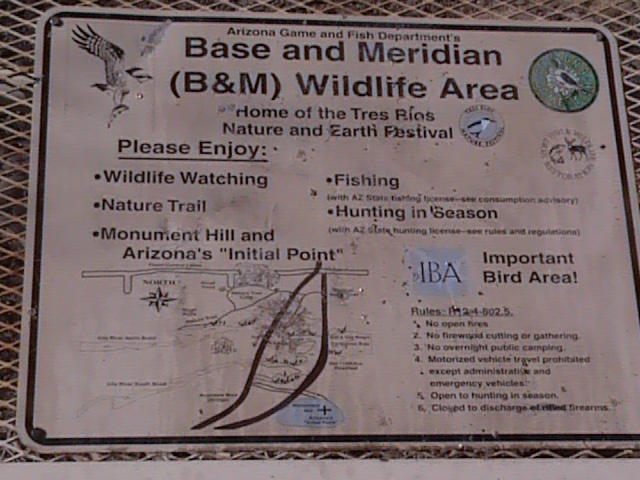
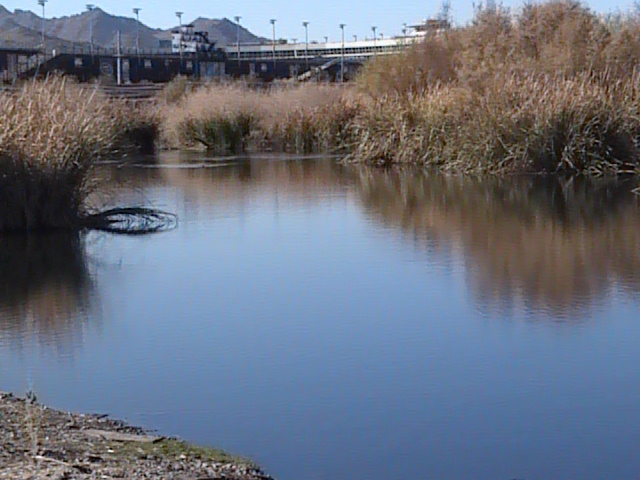
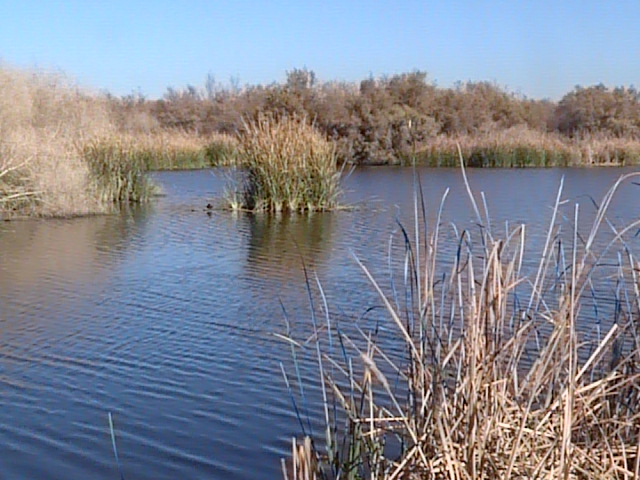
Old paved road (below)
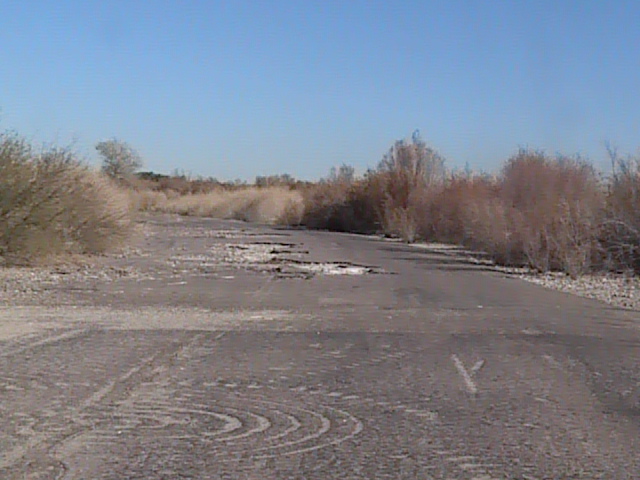
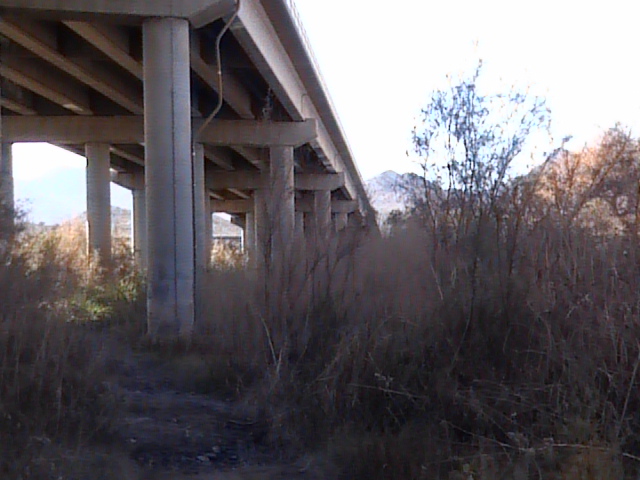
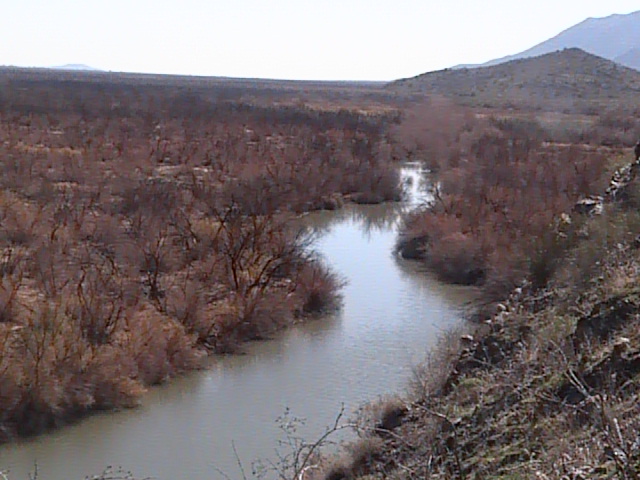

Birdlife of Baseline and Meridian Wildlife Area:
Clapper Rail
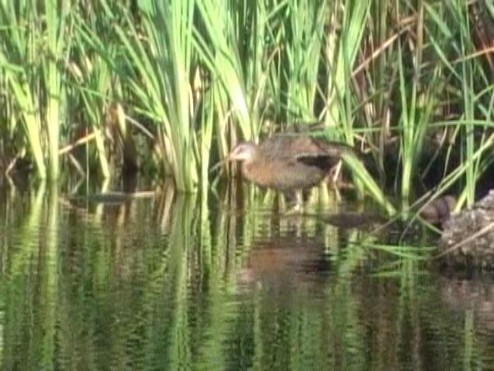
Least Bittern
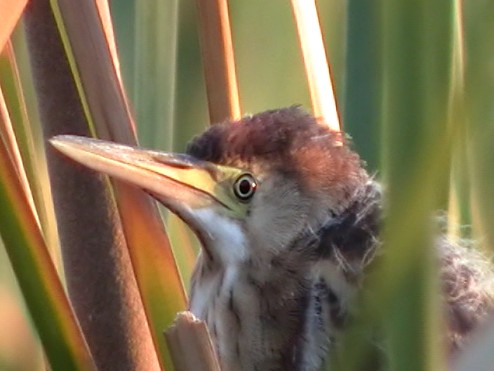
Barn Owl

Great Horned Owl
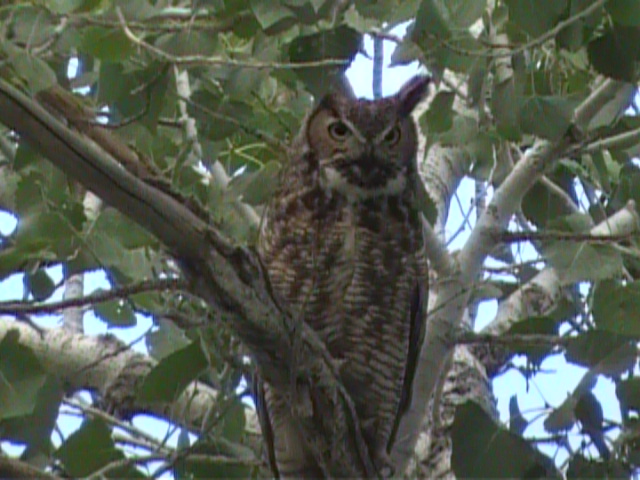
Common Ground-Dove
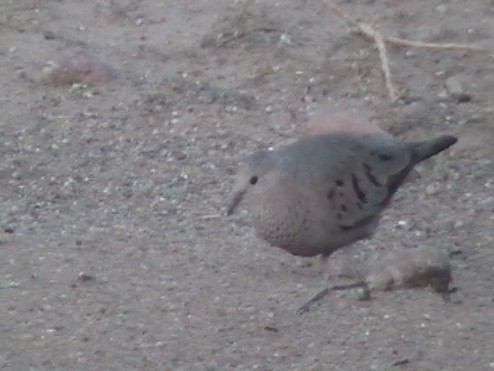
Broad-billed Hummingbird (rarity)
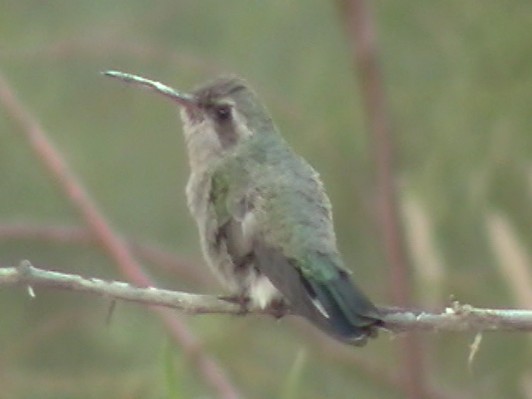
Blue Grosbeak
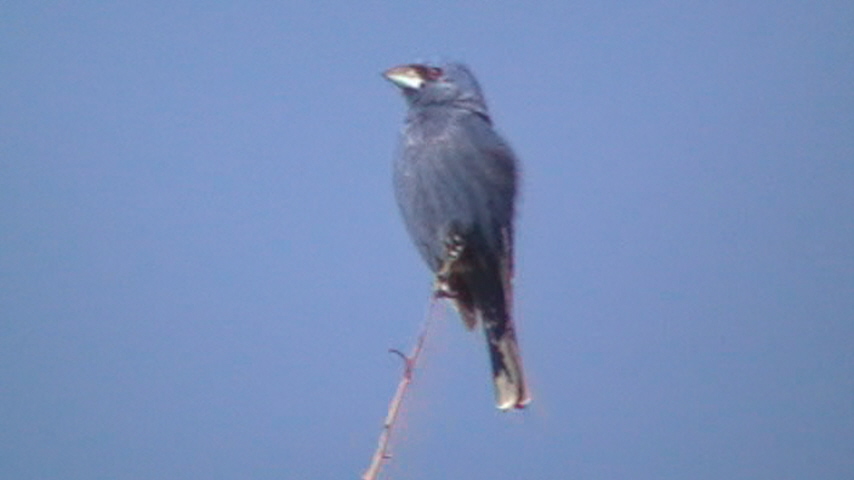
Back to Area 7-Southwest Phoenix |
